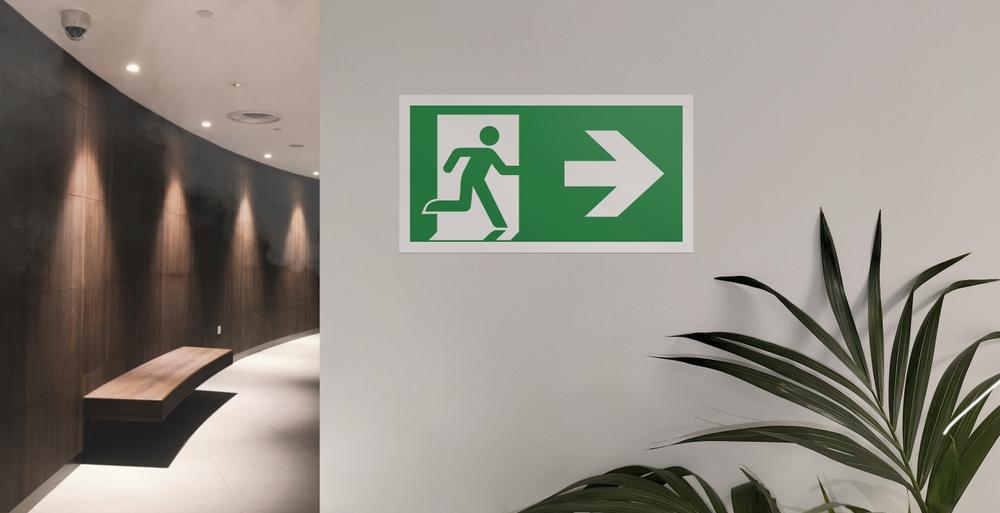Demystifying Section 156 of the BSA: we answer your questions
News
- Building safety
14 October 2024

Recently, in partnership with Ark Workplace Risk, we were delighted to host a webinar discussion on all aspects of recent legislation Section 156 of the BSA, a major topic on professionals’ minds following the publication of the Grenfell Tower Inquiry. The webinar covered key elements of effective fire risk assessment, including changing culture, the impact of Section 156 and the management of risk.
Following the webinar, there were some questions from attendees left unanswered, so we put them to contributor David Hills FRICS, FIIRSM, MIFireE, MSFPE, RSP, Senior Director, Regulatory, Technical & Technology Solutions at Ark Workplace Risk. Read on to discover actionable insights to inform your strategies.
One of the root problems I see is incompetent risk assessment and often a failure to understand the Building Strategy at a structural level, particularly compartmentation. Should we not be calling for a safety pack, including Fire Strategy and Compartment drawings?
David: Whilst we agree that the integrity of a fire risk assessment would be enhanced with the knowledge from a Building Fire Strategy, not all buildings have these nor are they applicable to every building. Having access to both the design intent and the as-built fire strategy for the building would enable the assessor to check to make sure that systems are operating as designed and installed and see if there are any changes to these.
The same in respect of compartmentation drawings, if not more important. That said, the Grenfell Tower Inquiry (Phase 2) Report has recommended that all HRBs should have a Building Fire Strategy developed by a Registered Fire Engineer.
When I was on a course on a similar topic, I was constantly told that all amendments to the Fire Safety Order was all/only applicable to residential. Could you explain who is right?
David: The changes introduced by the Fire Safety Act 2021 extended the scope of the Regulatory Reform (Fire Safety) Order 2005 (FSO) to cover residential blocks as well as areas such as external walls, tenants and other fire doors etc. The FSO therefore covers all types of workplaces as well as residential blocks. Section 156 of the Building Safety Act 2022, though, amends the FSO in respect of the extent and scope of any FRA and is applicable to all types of building not just residential. Indeed, the guidance on S.156 issued by the Home Office states that:
“These requirements apply to all non-domestic premises, such as where people work, visit or stay, including workplaces, and the non-domestic parts of multi-occupied residential buildings (e.g. communal corridors, stairways, plant rooms). The requirements do not apply within individual domestic premises.”
What parts of the UK does this apply to?
David: The amendments to the FSO following the commencement of s.156 of the BSA relate to Article 9 (Risk Assessment), and only apply to England and Wales.
Under the changes to legislation, please could you confirm the legal requirement to have a building fire strategy?
David: There is currently no legal requirement for any building having a fire strategy, although many will require this as they pass through the gateway processes, especially where they are required to show compliance with the Building Regulations (Gateway 2).
The Building Safety Act 2022 changes to the regime and the need for a Safety Case Report may also be a driver to having a fire strategy, but again there is no legal provisions for such at this time.
What type of accredited schemes are the ones to look out for?
David: I would suggest that when procuring fire risk assessments, assessors should be accredited to a third-party scheme such as BAFE’s SP205 scheme. This ensures that an organisation has the appropriate systems in place to ensure the right level of competence for the various types of building and type of assessment, as well as the right degree of quality are inherent within a delivered fire risk assessment. Individual accreditation schemes are also available offered by certain professional bodies including IFSM and IFireE.
